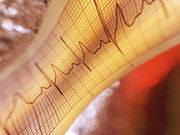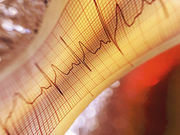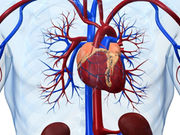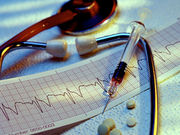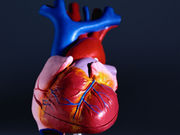Tag: Atrial Fibrillation
USPSTF Reviews Use of ECG for Preventing A-Fib, CVD Events
I statement for use of ECG in A-fib in seniors; D recommendation against ECG for reducing CVD risk
In-Hospital Deaths in A-Fib Patients Higher in Rural Areas
Risk of death is 17 percent higher in rural versus urban hospitals
Specialty Care Tied to Reduced Mortality in New-Onset A-Fib
Finding despite increased rates of hospitalizations and other cardiovascular outcomes
Ablation Cuts Risk of Recurrent Stroke in Patients With A-Fib
Patients with AF with no ablation have increased five-year risk of CVA, death versus ablated patients
NOACs Show Lower Risk of Adverse Renal Outcomes in A-Fib
Compared with warfarin, dabigatran and rivaroxaban linked to lower risk of adverse renal outcomes
Outcomes for Atrial Fibrillation Similar With Dabigatran, Warfarin
Ischemic stroke, extracranial bleeding rates similar; lower risk of intracranial bleeding with dabigatran
Moderate Alcohol Consumption Tied to Lower Heart Failure Risk
But no link between alcohol intake, onset of atrial fibrillation over median of eight years' follow-up
Ablating Non-Pulmonary Vein Triggers Improves A-Fib Outcome
Success rate 81 percent for those with, 8 percent for those without non-pulmonary vein ablation
Warfarin, Rivaroxaban Similarly Safe, Effective
Findings among cases of mild atrial fibrillation-related acute ischemic stroke
Low Incidence of Adverse Events for A-Fib Catheter Ablation
Within 30 days of index CA, 3.5 percent developed major AEs, most often hemorrhage/hematoma



